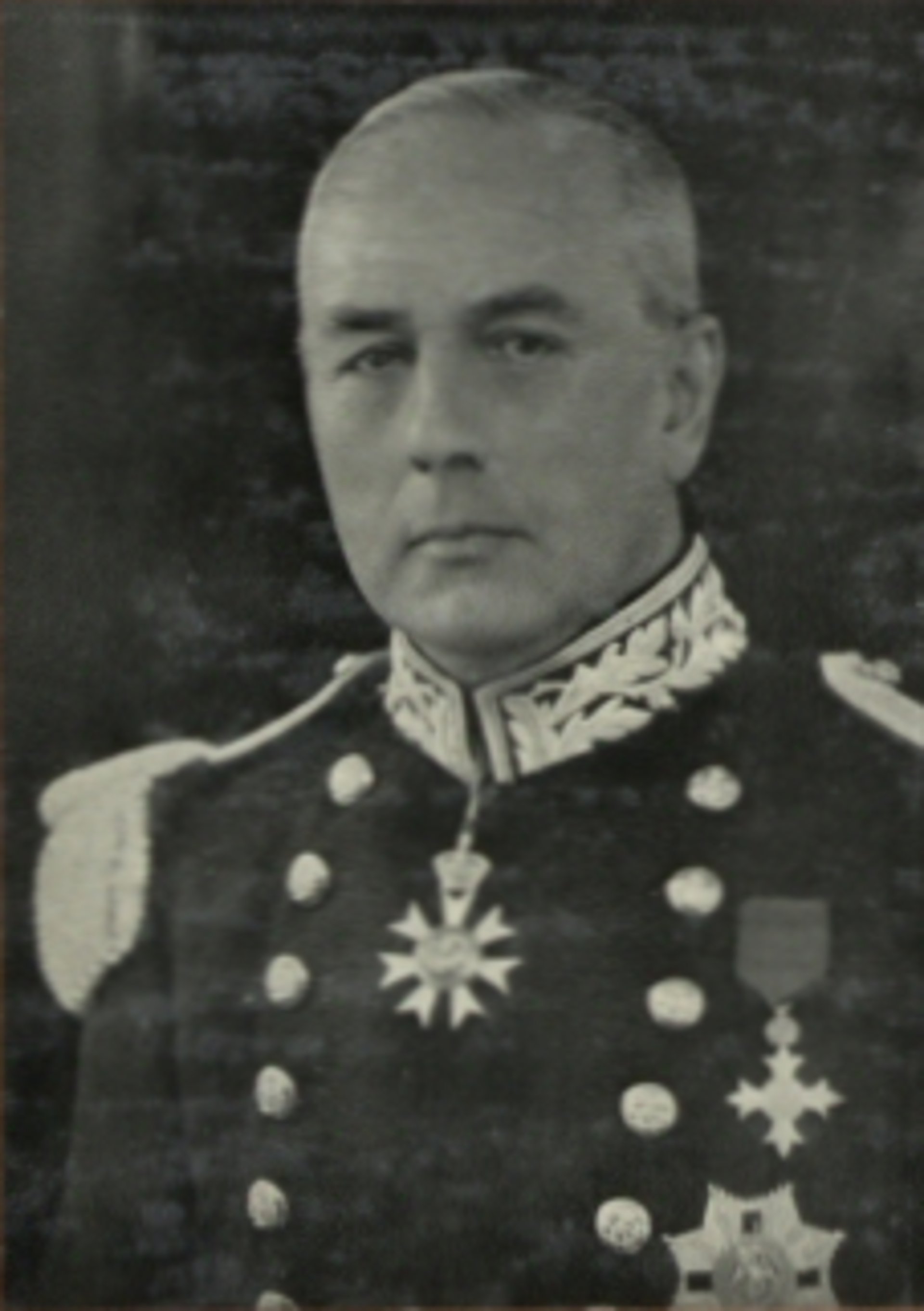
You didn’t come this far to stop
Shenton Thomas
and the Fall of Singapore
Descent into Hell - Episode 3 Shenton Thomas and the Fall of Singapore
In this third episode of "Descent into Hell," we delve into the life and leadership of Sir Thomas Shenton Whitelegge Thomas, better known as Shenton Thomas, who served as the Governor and Commander-in-Chief of the Straits Settlements from November 9, 1934, until the catastrophic fall of Singapore on February 15, 1942. His tenure during these critical years was fraught with challenges, particularly the increasing threat of Japanese aggression in Southeast Asia, which would ultimately culminate in one of the most devastating defeats in British military history.
WW2 HISTORYDESCENT INTO HELLIN THEIR FOOTSTEPS BLOG
Toursofwar.com
7/16/20248 min read
Governor and Commander-in-Chief:
As Governor of the Straits Settlements, Shenton Thomas was responsible for the civil administration of Singapore and its surrounding territories, including Penang and Malacca. His duties extended beyond governance to include overseeing the colony's defense strategies as Commander-in-Chief, a role that placed him directly in charge of coordinating military and civilian efforts to safeguard British interests in the region.
Navigating Colonial Governance:
Thomas's administration was tasked with managing a diverse population in a strategic colonial outpost. He needed to balance the demands of local governance with the broader imperial interests of the British Empire, a challenging task made more difficult by the looming threat of Japanese expansionism in the late 1930s.


High Commissioner of the Federated Malay States:
In addition to his role as Governor, Thomas also held the position of High Commissioner of the Federated Malay States. This dual role extended his influence over the unfederated Malay states, making him a central figure in the governance of British Malaya. He was therefore in charge of a cumbersome and inefficient government organization that was ideally suited to funneling export dollars into Britain's coffers but was not structured or inclined in any way to contribute effectively to the major war effort.
Role and Responsibilities
Leadership Style and Influence
Approachable and Collaborative: Shenton Thomas was regarded as approachable and friendly, which fostered a collaborative atmosphere among his subordinates and the local business community. His willingness to engage with various stakeholders allowed for a more inclusive approach to governance, although it sometimes led to indecision in critical matters.
Cautious Approach to Governance: Upon assuming office, Thomas adopted a cautious approach, preferring to observe and learn about the complexities of the local political landscape before making significant policy decisions. This method was partly a response to the previous governor, Sir Cecil Clementi, whose reformist zeal had met with strong opposition. Thomas's reluctance to push for immediate reforms allowed him to maintain stability but also resulted in missed opportunities to strengthen defenses against the impending Japanese threat.
Focus on Stability Over Reform: Thomas's leadership emphasized stability, which was crucial in a region marked by ethnic diversity and political unrest. While he was well-briefed by the Colonial Office and avoided contentious issues like self-government, this focus on maintaining the status quo limited the administration's responsiveness to emerging threats and the changing political climate.
Military Coordination: As Commander-in-Chief, Thomas had direct influence over military strategies and defense preparations. However, the disarray within the British command structure during his tenure hampered effective military responses. The lack of coordination between civil and military authorities contributed to the inadequacies in Singapore's defenses as the Japanese threat escalated.
His leadership style
His leadership style significantly influenced the British administration in Singapore during a tumultuous period, particularly as World War II loomed and the threat from Japan intensified.
Legacy
Shenton Thomas's governorship is often associated with the disastrous defense of Singapore, which was regarded as a significant blow to British prestige in the region. His administration's failure to recognize the growing Japanese threat and implement effective defense measures has been widely criticized. After the war, he returned to Singapore briefly as High Commissioner before the dissolution of the Straits Settlements in 1946.His legacy is complex, as he is remembered both for his decision to stay and endure the hardships of internment during the Japanese occupation and for the failures of his administration that contributed to the loss of Singapore. Shenton Way, a prominent road in Singapore, was named in his honor, reflecting his long-standing connection to the region.
Consequences of Leadership Style
Failure to Assess Threats: Thomas’s cautious and reactive leadership style contributed to significant failures in assessing the growing Japanese threat. The British administration, under his guidance, did not adequately prepare for the rapid military advancements that would soon overwhelm Singapore.
Loss of Prestige: The fall of Singapore on February 15, 1942, marked a catastrophic failure for British colonial rule in the region. This defeat severely undermined British prestige and authority, leading to a reevaluation of colonial policies and eventually contributing to the end of colonialism in Southeast Asia.
Legacy of Inaction: While Thomas is recognized for his decision to remain in Singapore during the Japanese occupation, his governorship is often associated with the disastrous defense of the territory. His leadership style, characterized by caution and a lack of decisive action, has been criticized for its role in the inadequate preparations that led to the loss of Singapore.
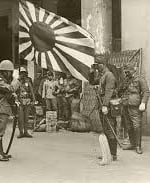

Assessment of Threats:
From the mid-1930s, the Japanese military’s growing power and territorial ambitions became increasingly apparent. Despite these warning signs, the British administration under Thomas failed to fully appreciate the magnitude of the threat. The belief that Singapore was an impregnable fortress, bolstered by its strategic location and supposed air and naval superiority, led to a dangerous complacency.
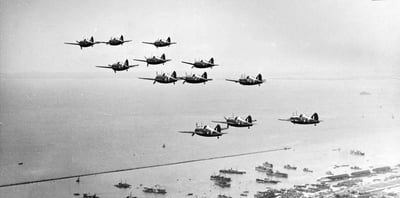

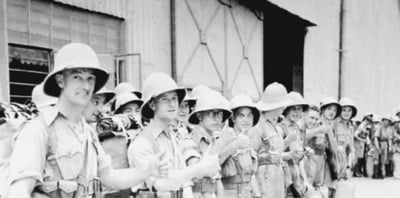

Military Coordination:
Thomas collaborated with key military figures, including Major-General Lionel Bond, to formulate defense strategies for Singapore and Malaya. However, the British command structure in the Far East was riddled with inefficiencies. The lack of clear communication and coordination between the civil administration in Singapore and military commands in London and India led to fragmented decision-making. This disjointed approach was further complicated by the distance and differing priorities of various British military outposts across the globe.
Resource Limitations:
By the time war broke out in Europe in 1939, the British forces stationed in Singapore were significantly under-resourced. The colony had outdated artillery, limited air support, and a woeful shortage of trained personnel. The Royal Navy’s withdrawal of its China Squadron from Hong Kong to Singapore, while intended to bolster defenses, did little to compensate for these deficiencies. This underpreparedness became glaringly evident as Japanese forces began their rapid advance through Malaya in late 1941.
Defense Strategies
Emphasis on Local Defense Committees
Shenton Thomas chaired the local defense committee, which was responsible for coordinating defense efforts among various military and civil authorities. This committee aimed to unify efforts in preparing Singapore's defenses and ensuring that local resources were utilized effectively.
Infrastructure Development
Under Thomas's administration, there was an effort to develop military infrastructure, including airfields and defense installations. However, the execution of these projects was often slow and hampered by bureaucratic inefficiencies and a lack of urgency in response to the growing threat from Japan.
Resource Allocation and Civil Defense
Thomas attempted to coordinate the allocation of resources for military needs, including land and labor for defense works. However, he faced challenges in securing these resources due to the decentralized nature of governance in the Straits Settlements, which limited his authority over local governments.
Collaboration with Military Leaders
Thomas worked with military leaders, including Major-General Lionel Bond, to develop defense strategies. However, the relationship was often strained due to differing priorities and a lack of unified command, which undermined the effectiveness of defense preparations.
Scorched Earth Policy Consideration
As the Japanese threat escalated, there were discussions about implementing a scorched earth policy to deny resources to the enemy. However, this policy was not effectively executed, and the lack of decisive action in this regard contributed to the failure to secure Singapore.
Failure to Prioritize Air Defense
Despite the strategic importance of air power, Thomas's administration did not prioritize the modernization and reinforcement of the Royal Air Force units stationed in Singapore. By the time of the Japanese invasion, the air defenses were inadequate, with many aircraft being outdated and insufficient in number.Defense Strategies
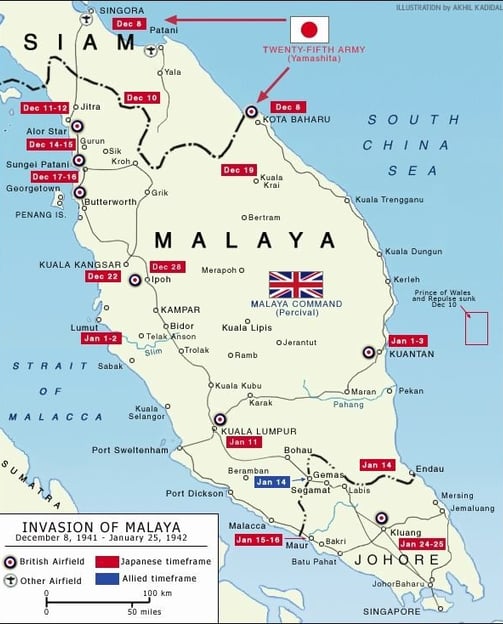



Criticisms of Shenton Thomas's leadership
Sir Thomas Shenton Whitelegge Thomas, who served as Governor and Commander-in-Chief of the Straits Settlements from 1934 to 1942, faced significant criticisms regarding his governance, particularly in the context of the impending Japanese invasion and the eventual fall of Singapore. These criticisms can be categorized into several key areas:
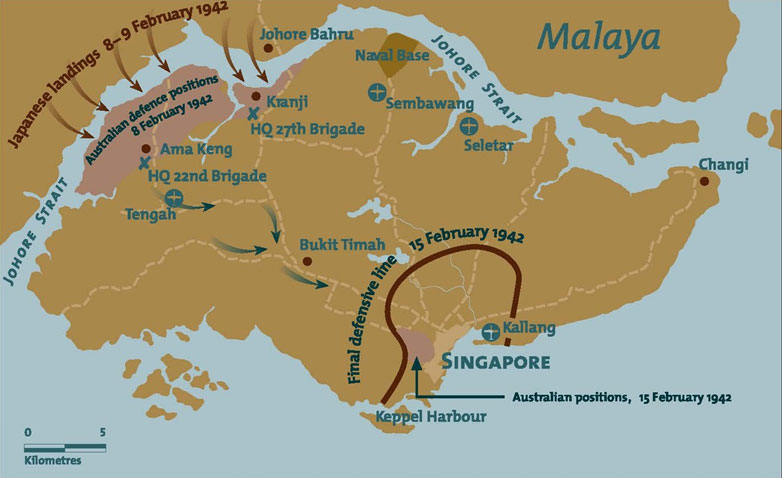

Failure to Assess the Japanese Threat
One of the most significant criticisms of Shenton Thomas's leadership was his failure to adequately recognize and respond to the growing threat posed by Japan. Despite clear signs of Japanese aggression in the region, his administration did not implement sufficient defensive measures or prepare adequately for a potential invasion. This lack of foresight contributed to the rapid collapse of British defenses during the Malayan Campaign.
Inadequate Military Preparedness
Under Thomas's governance, the British military presence in Singapore was under-resourced and poorly equipped. By December 1941, there were only 164 operational aircraft available, many of which were outdated. Critics argue that Thomas did not prioritize military readiness or advocate for the necessary reinforcements and modernization of the armed forces, which would have been crucial in countering the Japanese forces.
Disorganized Command Structure
The British command structure in Singapore was criticized for being fragmented and disorganized. Thomas's leadership did not effectively unify civil and military authorities, which hampered decision-making and operational effectiveness. This disarray was evident during the critical moments leading up to the Japanese invasion, where coordinated efforts between military and civilian leadership were lacking.
Perception of Indecision and Inaction
Shenton Thomas was perceived as cautious to the point of indecision. His approach to governance emphasized stability and collaboration, but this often translated into inaction during critical moments. Critics argue that this indecisiveness prevented timely and necessary actions to bolster defenses and prepare for the impending conflict.
Loss of Prestige and Colonial Authority
The fall of Singapore on February 15, 1942, marked a significant blow to British prestige and authority in the region. Thomas's governance became synonymous with this defeat, leading to widespread criticism of his leadership and the British colonial administration as a whole. The loss of Singapore was viewed not only as a military disaster but also as a failure of colonial governance, contributing to the eventual decline of British influence in Southeast Asia.
Conclusion
As we continue our journey through "Descent into Hell," it becomes clear that the 27 months leading up to the fall of Singapore were fraught with missed opportunities and critical leadership failures. With insights drawn from Peter Brune's "Descent into Hell," the Thai-Burma Railway Museum, and the dedicated research team at St. Andrews, we explore one of the darkest chapters in World War II history. This series not only recounts the events that led to the fall of Singapore but also examines the harrowing aftermath—the construction of the Death Railway and the unimaginable suffering endured by thousands of Allied prisoners of war.
#DescentIntoHell #FallofSingapore #WWIIHistory #POWStories #WarHistory #HellfirePass #AlliedForces #JapaneseInvasion #MilitaryHistory #Toursofwar #WearyDunlop #WearyDunlopTrail #DeathRailway #ShentonThomas #MalayanCampaign #BritishEmpire #ColonialHistory
How You Can Help
Donations and Sponsorships: We are seeking corporate sponsorships and donations to fund ongoing restoration projects and educational programs. Your support can make a significant difference in maintaining the quality and impact of the museum.
Volunteer Opportunities: If you have expertise or time to offer, consider volunteering with us. There are many ways to get involved, from artifact restoration to educational outreach.
Spreading the Word: Share this blog and our mission with your network. The more people who know about the JEATH War Museum and its significance, the greater the impact we can achieve together.
The St Andrews Research Team is dedicated to preserving the legacy of the Thai-Burma Railway and the memories of those who suffered. We need your support to continue our work. There are several ways you can help:
Join the Cause!
If you or someone you know is interested in supporting this cause, please get in touch.
This is a chance to be part of something truly meaningful and impactful.


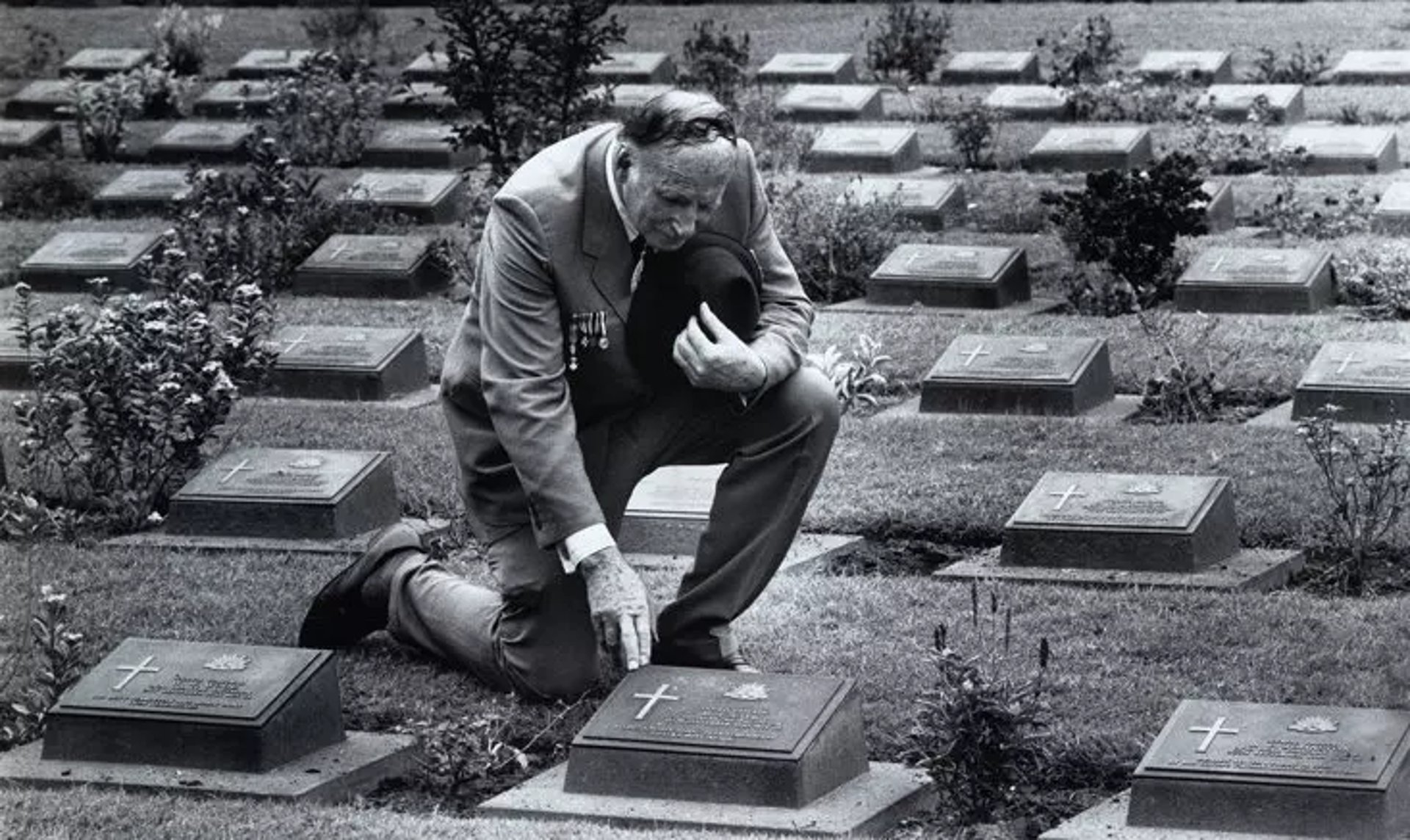
Together, We Can Make a Difference!
This is a veteran-run project, and we need your help to make it happen. Stand with us in honoring the legacy of the POWs and ensuring their stories are never forgotten.
